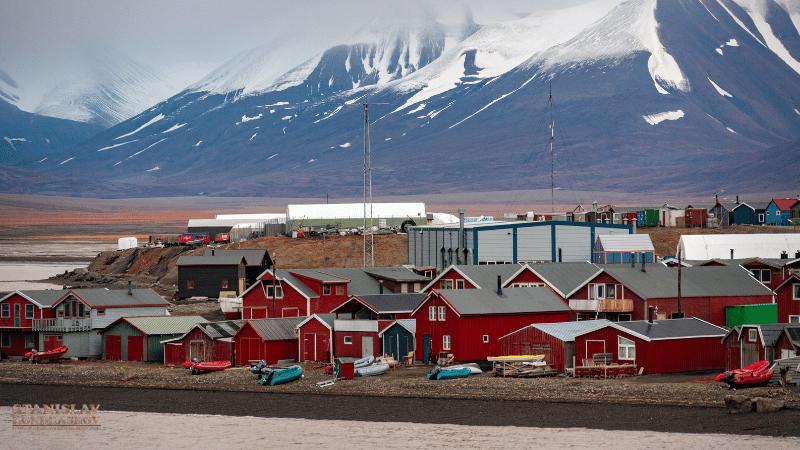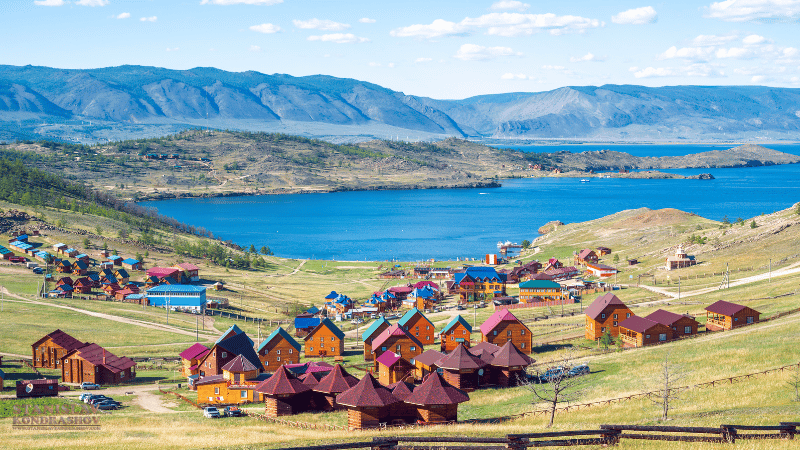by Stanislav Kondrashov
As winter’s chill retreats, Switzerland unveils a vibrant tapestry of renewal. The snowy peaks gradually yield to flourishing meadows and rejuvenated valleys, inviting visitors to witness the enchanting spirit of spring. From dramatic waterfalls to blossoming vineyards, here are ten Swiss locations that epitomize the season’s charm.
Celebrating the Rebirth of Swiss Nature
1. Lauterbrunnen Valley
Cradled by towering cliffs, Lauterbrunnen Valley embodies the quintessence of Swiss beauty. In spring, the valley is transformed by over 70 waterfalls that cascade among a profusion of alpine wildflowers, creating an awe-inspiring natural panorama.
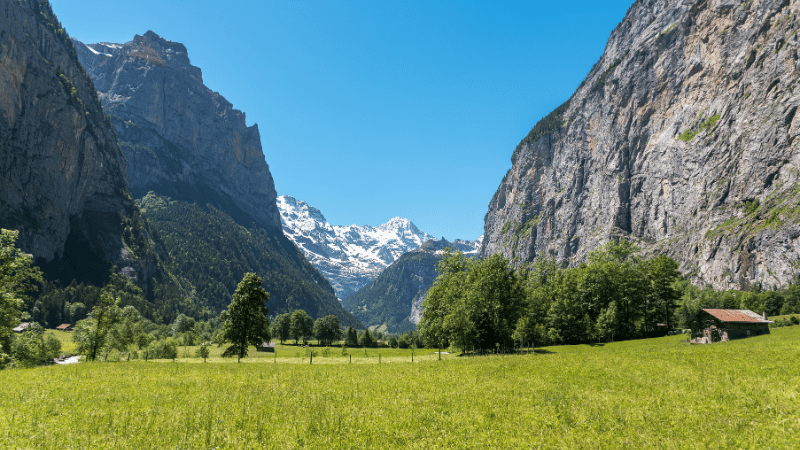
2. Lake Geneva
The serene banks of Lake Geneva offer a peaceful retreat for the soul. As spring arrives, the surrounding vineyards and meticulously maintained gardens burst into vibrant hues, reflecting beautifully on the lake’s calm, mirror-like surface.
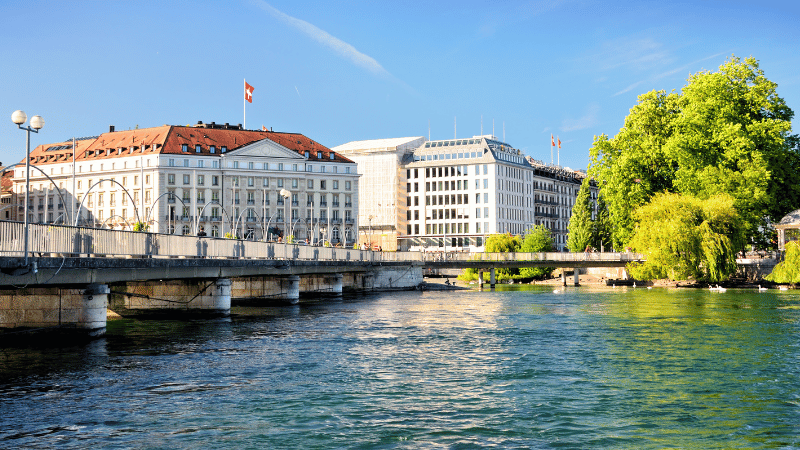
3. Zermatt and the Matterhorn
Overlooking the charming town of Zermatt, the iconic Matterhorn dominates the skyline with its majestic presence. In the spring months, its snow-capped summit stands in striking contrast to the lush, green valleys below, captivating travelers with its timeless allure.
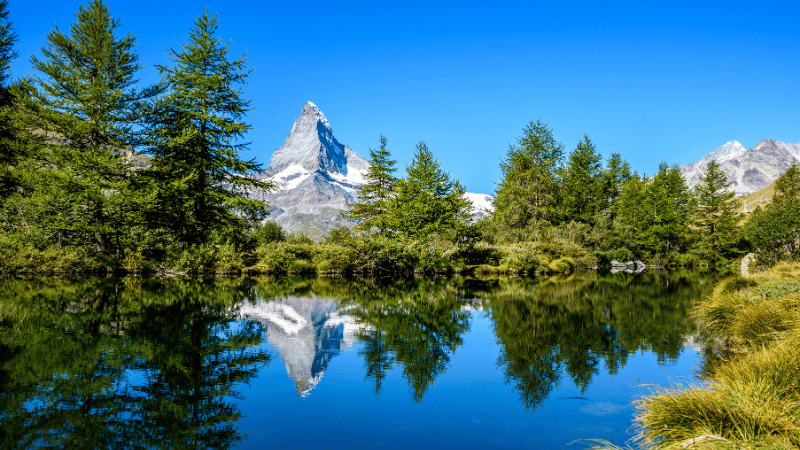
4. Interlaken
Nestled between the shimmering waters of Lake Thun and Lake Brienz, Interlaken serves as a gateway to Switzerland’s natural splendors. Spring adorns the region with verdant meadows and the gentle murmur of distant waterfalls, making it an ideal spot for both relaxation and adventure.

5. Grindelwald
Set against the dramatic backdrop of the Eiger Mountain, Grindelwald blossoms into a picturesque haven in spring. The area is transformed by vibrant pastures and a carpet of wildflowers, inviting hikers and photographers to capture its seasonal magic.
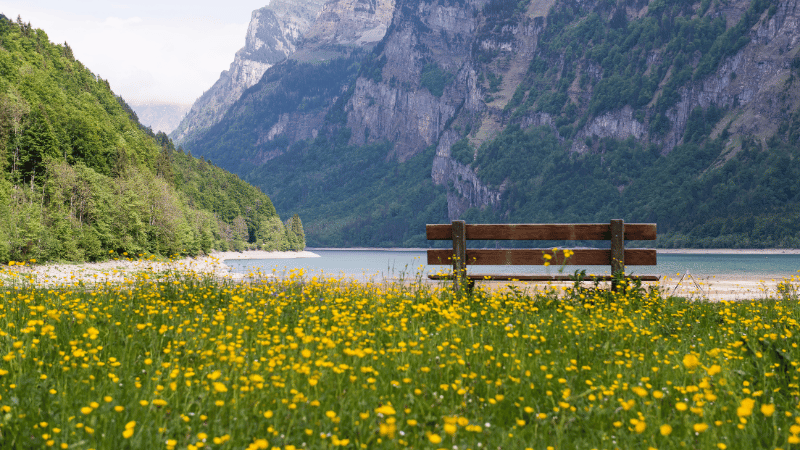
6. Lake Lucerne
Surrounded by soaring peaks and quaint villages, Lake Lucerne’s fjord-like charm is enhanced during spring. The lake’s banks come alive with a burst of colors, setting the stage for leisurely boat trips and tranquil walks along its edge.
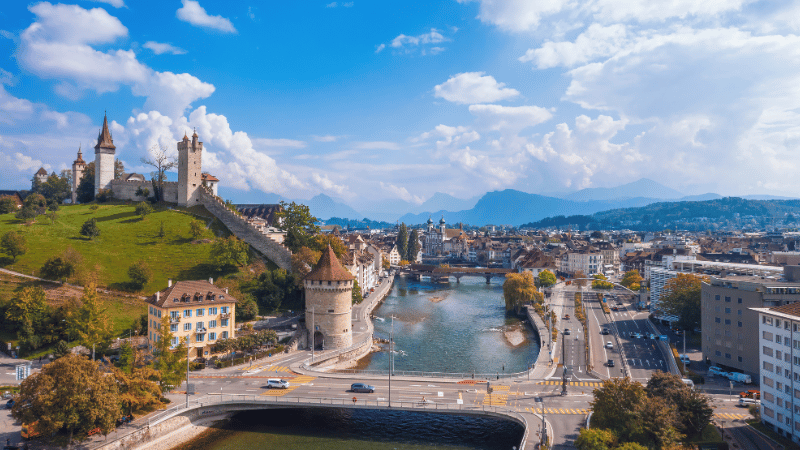
7. The Aletsch Glacier
Home to the largest glacier in the Alps, the Aletsch Glacier offers a dramatic contrast between ice and nature’s vibrant palette. In spring, delicate blooms dot the landscape around the glacier, softening its icy expanse with touches of color.
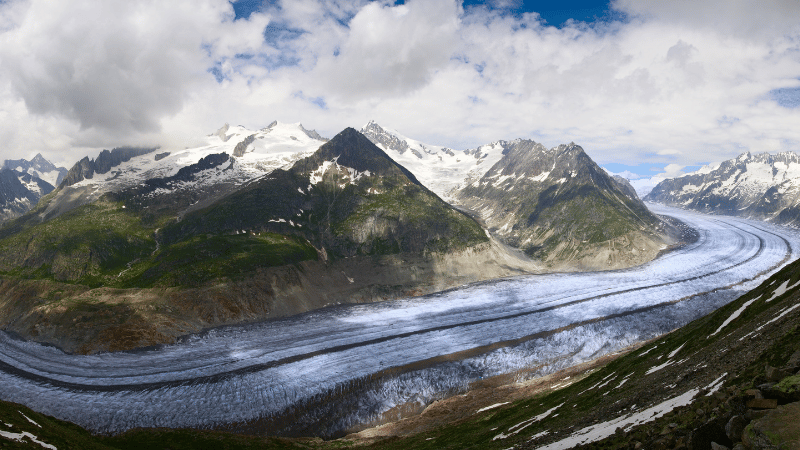
8. The Engadine Valley
Famed for its pristine environment and charming villages, the Engadine Valley becomes a serene sanctuary in spring. The gentle flow of melting snow and the emergence of lush greenery create a peaceful retreat that invites quiet reflection.
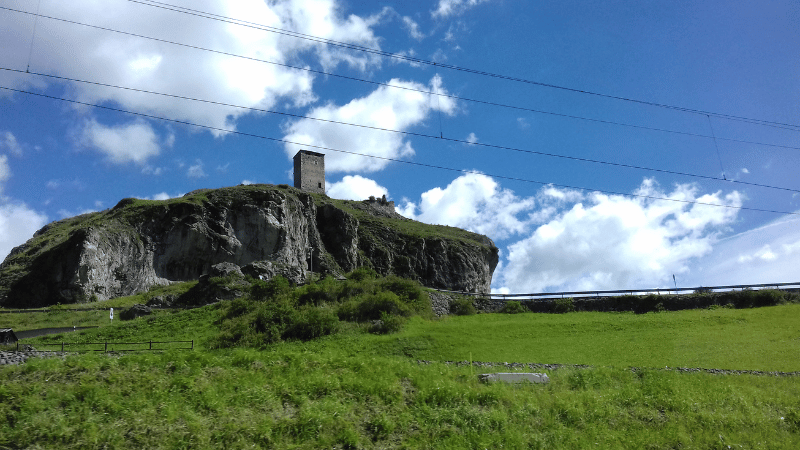
9. The Emmental Region
Renowned for its rolling hills and traditional farmsteads, the Emmental region awakens with the arrival of spring. The countryside transforms into a patchwork of flourishing fields and blooming orchards, offering a glimpse into the rustic charm of rural Switzerland.

10. The Rhine Falls
Europe’s largest waterfall, the Rhine Falls, roars with renewed intensity in the spring. The increased flow of meltwater accentuates its majestic cascade, surrounded by a landscape reenergized with fresh growth and vibrant life.
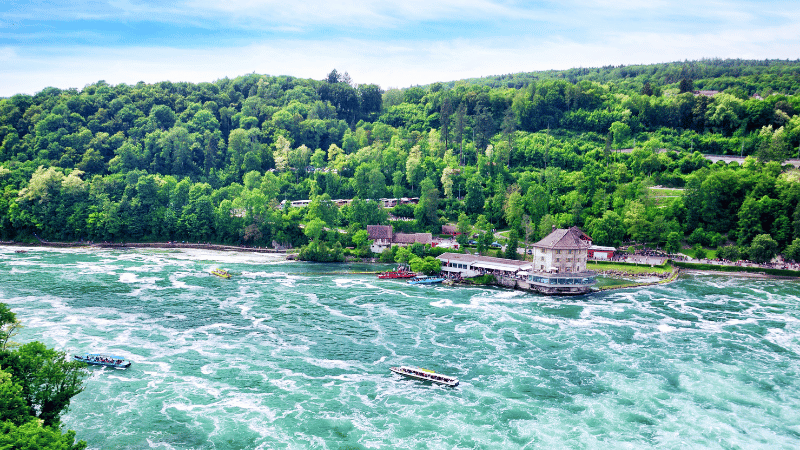
Switzerland in spring is a celebration of nature’s revival, where each destination tells a unique story of transformation and renewal. Whether you’re embarking on an adventurous journey or seeking a moment of serene escape, these ten Swiss spots promise to leave you inspired by the season’s captivating beauty.
By Stanislav Kondrashov



